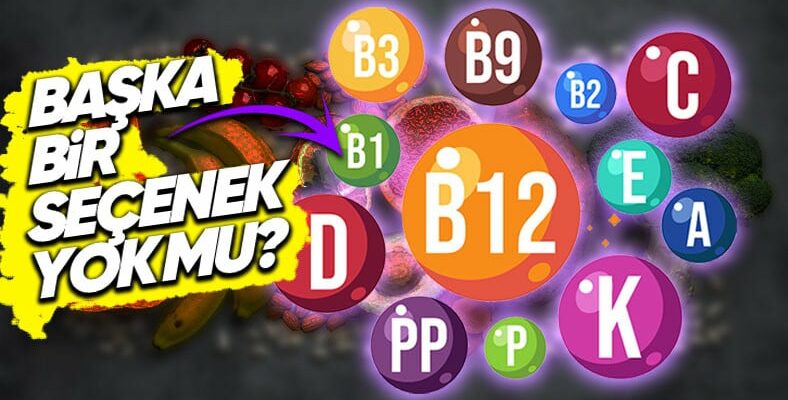Have you ever thought about why the vitamins that we hear about frequently in our daily lives and are with us at all times are named with letters?
A, B, C, D and more… These were not always named as we know them.
Maybe the name couldn’t be found, maybe it was just to make it easy to remember. But how were these letters chosen and Why have vitamins been renamed over time?
Vitamins are organic compounds that are essential for our health and body functions.
The discovery and naming of these vitamins also points to a very interesting journey in the world of science. This discovery of moleculestook place during one of the most exciting eras of science, and their naming has evolved over time.
Discovery of vitaminsIt started with research to understand why animals get certain diseases. In the early 20th century, scientists studied diseases caused by nutrient deficiencies in animals and suggested that there were some “unknown factors” necessary to prevent them.
One of the first vitamin discoveries was by scientist Cornelius Adrianus Pekelharing.

Cornelius Adrianus Pekelharing
In 1905, he noted the substances in milk necessary for growth. Then another scientist Casimir FunkAs a result of his studies on rice in 1912, he defined vitamins as “an amine-like organic factor” and thus introduced us to the term vitamin.
The adventure of naming vitamins, It started with Funk isolating a molecule. This molecule was simply called “vitamin B” because it cured beriberi.
Other vitamins were soon discovered: First vitamin A, then C, D and E… Vitamin K was given its name as an abbreviation for coagulation because it plays a role in blood clotting. In other words, the vitamin was named with the initials of the disease it was good for.
Later, better learning about the properties of vitamins changed this naming system.

In 1920, Jack Cecil Drummond used methods to distinguish vitamins from amines. Removing the letter “E” from the vitamin and suggested removing the adjective “soluble.” With this suggestion, vitamins switched to a simpler naming system.
According to the new system, vitamins, as we know, It began to be called by names such as “A, B, C”. Over time, as the differences between them were understood, vitamins began to be renamed and grouped under the complex such as vitamin B.
In this complex B1 (Thiamine), B2 (Riboflavin), B3 (Niacin), B5 (Pantothenic acid), B6 (Pyridoxine), B7 (Biotin), B9 (Folic acid) and B12 (Cobalamin) took place.
Of course, today the naming of these vitamins has become more advanced.
With the reclassification of some vitamins, there were also various jumps, such as from vitamin E to vitamin K. For example, while vitamin F now refers to essential fatty acids; Vitamin G was considered B2 and Vitamin H began to be called Biotin.
As you can see, initially naming that begins with an alphabetical systemOver time, it became simpler and more understandable and took the form we use today.
Our other content about vitamins that may interest you:
RELATED NEWS
How Does the Eiffel Tower Grow Taller in the Summer? (The reason is not Vitamin D)
RELATED NEWS
Meet This Interesting Fruit, The Name We Have Never Heard Of, But It Is A Full Storehouse Of Vitamin C: Guava
RELATED NEWS
What are the Benefits and Possible Harms of Pineapple, a Storehouse of Vitamin C that Reduces the Risk of Cancer?
RELATED NEWS
It Turns Out Vitamin D Supplements May Ease Depression: So How?
RELATED NEWS
